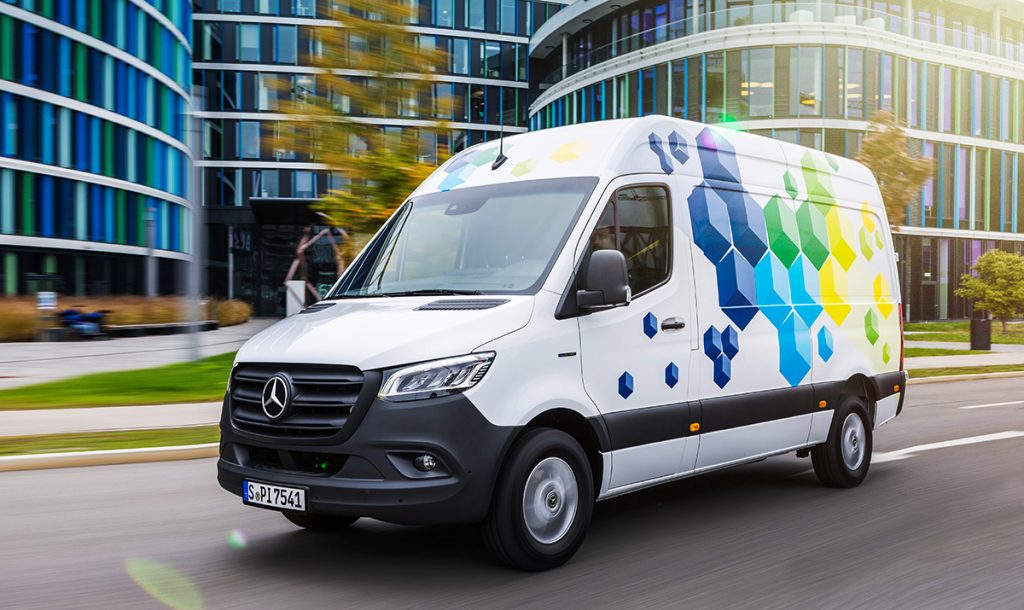BREMBO REVEALS AI BRAKING SYSTEM
In an apparent collaboration with Tesla, Brembo has revealed its latest innovative product, Sensify, an intelligent braking system that combines artificial intelligence with traditional braking components. Sensify integrates a digital control system and sensors that manage each wheel independently to optimise braking action, improve the driving experience, and reduce emissions. It is a brake-by-wire system that uses four small electric motors to control each wheel independently and keeps them from locking up with the help of predictive software and AI. Sensify also offers a customisable pedal response, increased stability, and control, improved regenerative braking, and reduced emissions.
The system is designed to replace traditional hydraulic brakes. It can apply and retract brake pressure to any wheel independently with an almost instantaneous response, making the tried and trusted Anti-lock Braking System (ABS) and Electronic Brake-force Distribution (EBD) redundant. The most advanced setup uses electro-mechanical callipers at all four corners. A hybrid system is available that uses electro-mechanical brakes for the rear and hydraulic front brakes, with each front calliper having its own master cylinder. Brembo’s Enesys spring removes the pad from the rotor when off the brakes, decreasing drag and reducing rolling resistance, making it ideal for electric vehicles.
The Sensify braking system is a flexible and revolutionary platform that includes software, predictive algorithms, and data management to control the brake system digitally, making it a more sustainable and efficient solution. The new system, speculated to be a standard feature on the new Tesla Cybertruck, is expected to enter production later this year, and promises to offer a unique driving experience and improved safety.

eSPRINTER HEADING TO SA IN 2024
Mercedes-Benz Vans has unveiled its new eSprinter model, which will be launched in the second half of this year. Mercedes-Benz Vans is set to start electrifying the South African market in 2024. For the first time, South African customers can make their fleet more sustainable with a locally emission-free, battery-electric van bearing the three-pointed star.
The eSprinter, which has been in development for four years, will be the first vehicle based on Mercedes-Benz Vans’ new Electric Versatility Platform, offering two body styles and lengths and three battery sizes: 56 kWh, 81 kWh or 113 kWh. The top-of-the-line eSprinter comes equipped with the 113 kWh battery, has a range of up to 400 km and can be charged to 80% of its capacity in 28 minutes when using a 115 kW fast-charging station. The model’s electric motor is available in two power levels, with peak outputs of 100 kW or 150 kW and torque of up to 400 Nm.
The new eSprinter also impresses in digitisation and infotainment: it comes with the innovative Mercedes-Benz User Experience (MBUX) with the latest software generation, previously only familiar to customers from Mercedes-Benz passenger cars. Numerous features and services make everyday life, including navigation with “Electric Intelligence” that ensures the greatest possible planning certainty.

AUDI EXPANDS LOCAL EV CHARGING NETWORK
Audi South Africa has partnered with Rubicon to add 43 electric vehicle (EV) charging stations nationwide, simultaneously accommodating 57 EVs of any brand or model. The new chargers add to the 70 EV charging points the company brought online a year ago, which included ultra-fast chargers.
The latest rollout includes South Africa’s first DC 200kW ultra-fast charger installed at the Mall of Africa, which can recharge the e-tron GT in 15 minutes. The remaining new infrastructure includes four 100 kW (DC), eight 60 kW (DC), five 25 kW (DC) and 25 22kW (AC) fast chargers. Audi, GridCars and Rubicon have now installed 76 fast and ultra-fast EV chargers across the country, making up 28% of the public charging stations in South Africa. A roaming agreement allows billing cards to be interoperable across the two networks.
“While load shedding is a reality to which South Africans have become accustomed, it is worth pointing out that our charging network also capitalises on solar installations, where possible, to keep the charging stations optimally operational,” says Sascha Sauer, head of Audi South Africa.

TESLA AND CHINA LEAD THE RACE TO EV DOMINANCE
In 2022, Tesla again reigned supreme in the EV market by selling an impressive 1.3 million vehicles and securing an 18.2% share of the global EV market. Although this figure is lower than the 23% market share held at the end of 2020, it is still a noteworthy accomplishment given the growing competition in the EV space.
Chinese manufacturer BYD, which just a year ago was in 4th position, made a massive leap to second place by selling 913,000 EVs and claiming 12.6% of the global EV market. Similarly, SAIC, another Chinese automotive giant, ended the year with a 9.3% market share, pushing the Volkswagen Group to fourth place with a 7.9% share and off the podium for the first time.
Meanwhile, Geely-Volvo increased its market share to 5.3%, up 0.5% from the previous year. What’s clear from these results is that Chinese automakers have identified electrification as the future of the auto industry, much like Japanese automakers did with small, affordable vehicles in the last quarter of the previous century.
The question now is whether BYD can surpass Tesla in 2023, or later in the decade. The answer is simple: If BYD can maintain its current growth rate, it will likely overtake Tesla within two to three years. However, that will require BYD to expand its delivery footprint with an aggressive push into Europe and North America.
In conclusion, the global EV market is rapidly evolving, with Chinese manufacturers making significant strides to challenge Tesla’s dominance. As the competition heats up, only time will tell which automaker will emerge as the leader in this exciting and innovative industry.
Report by WILHELM LOOTS | Images © BREMBO / MERCEDES-BENZ / AUDI SA / BYD



